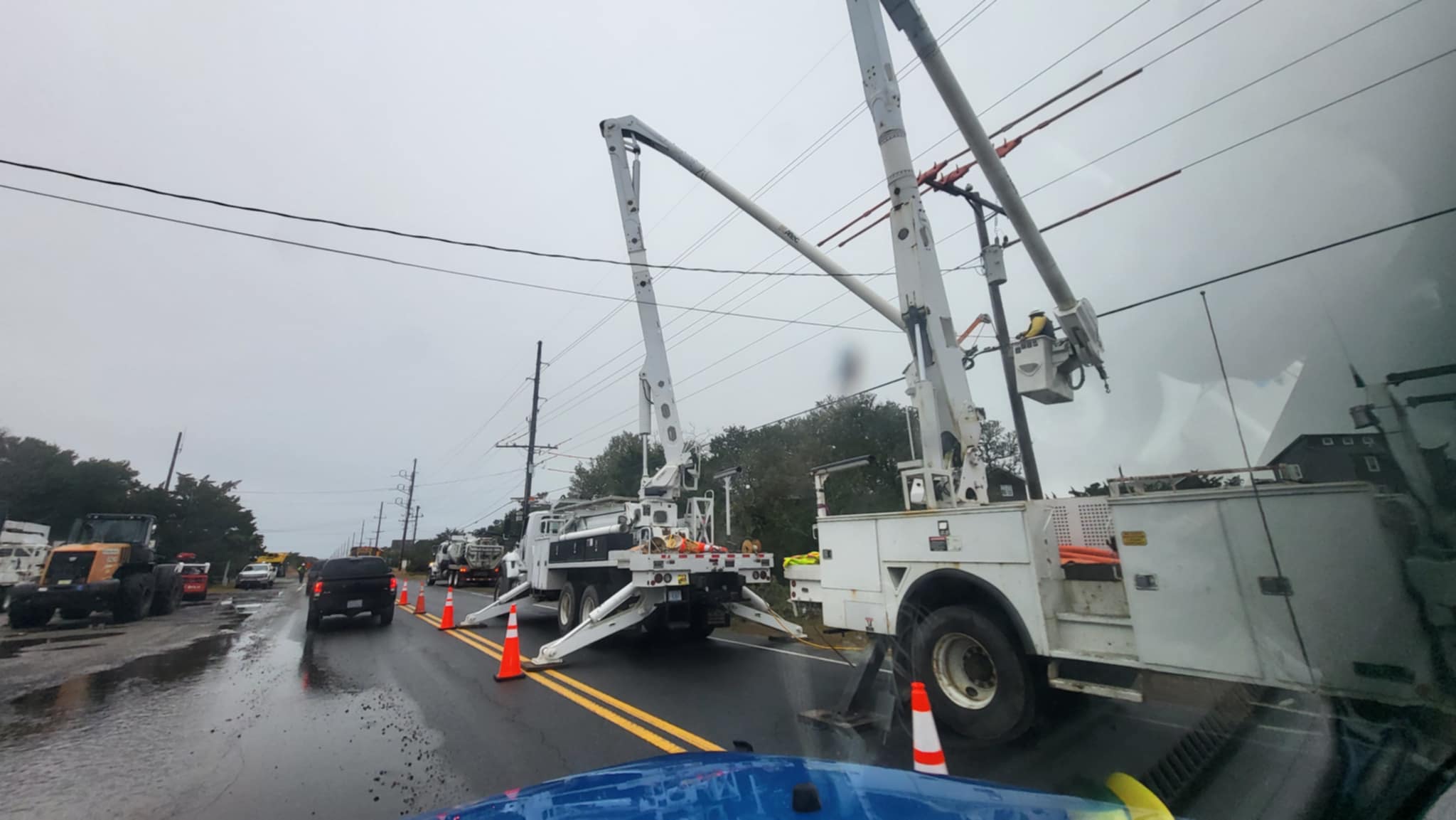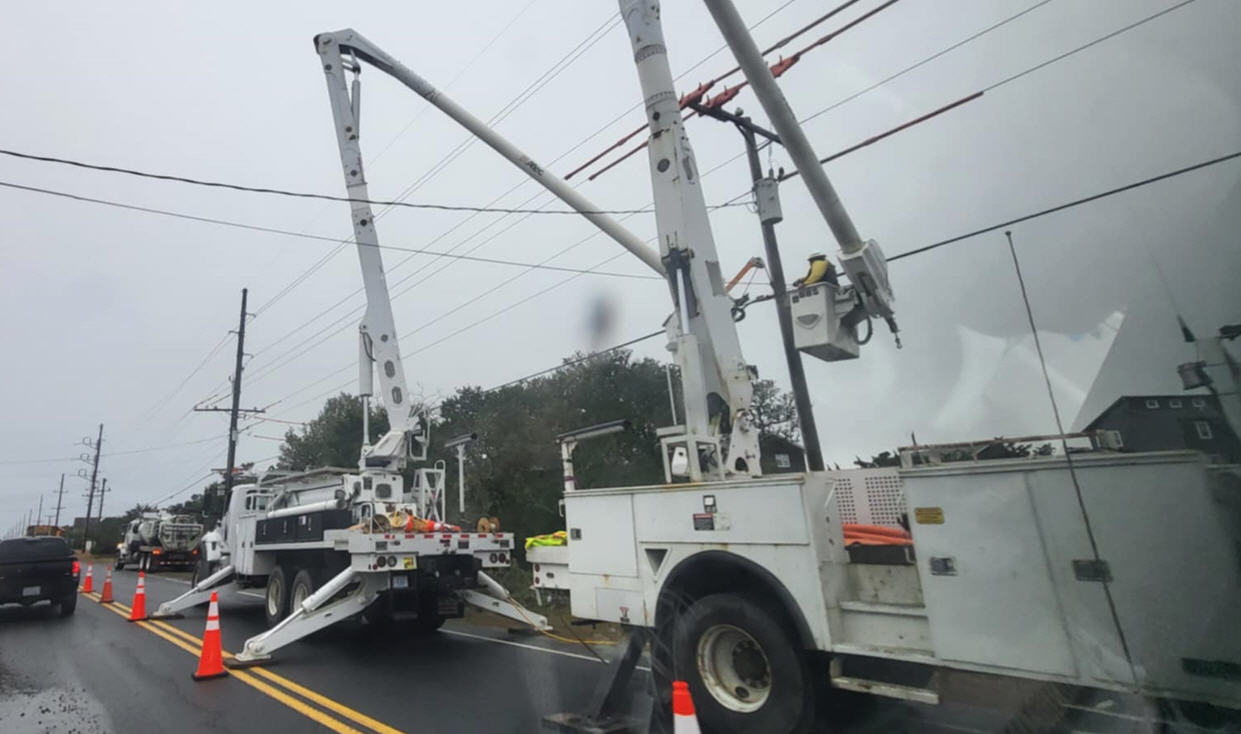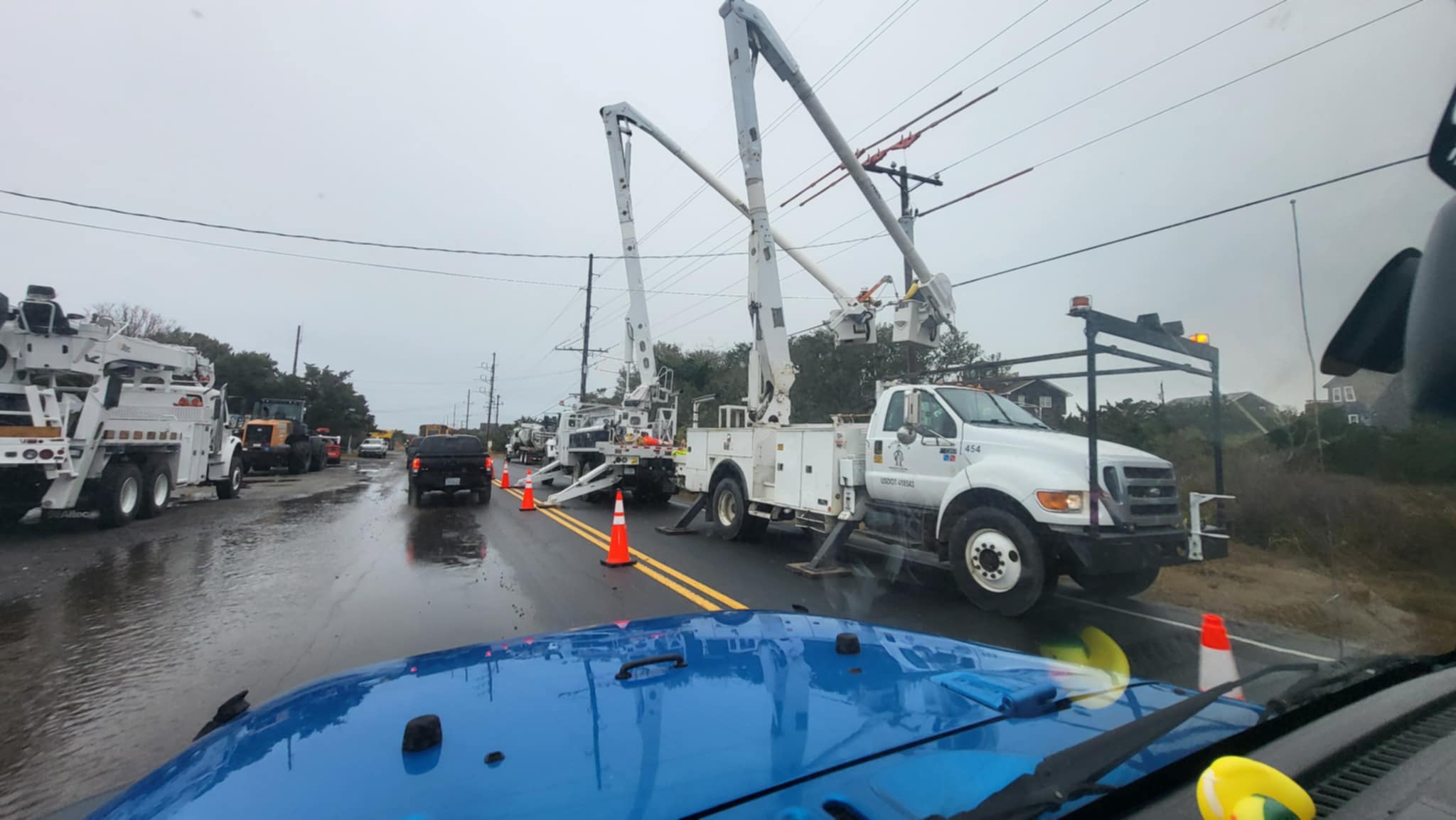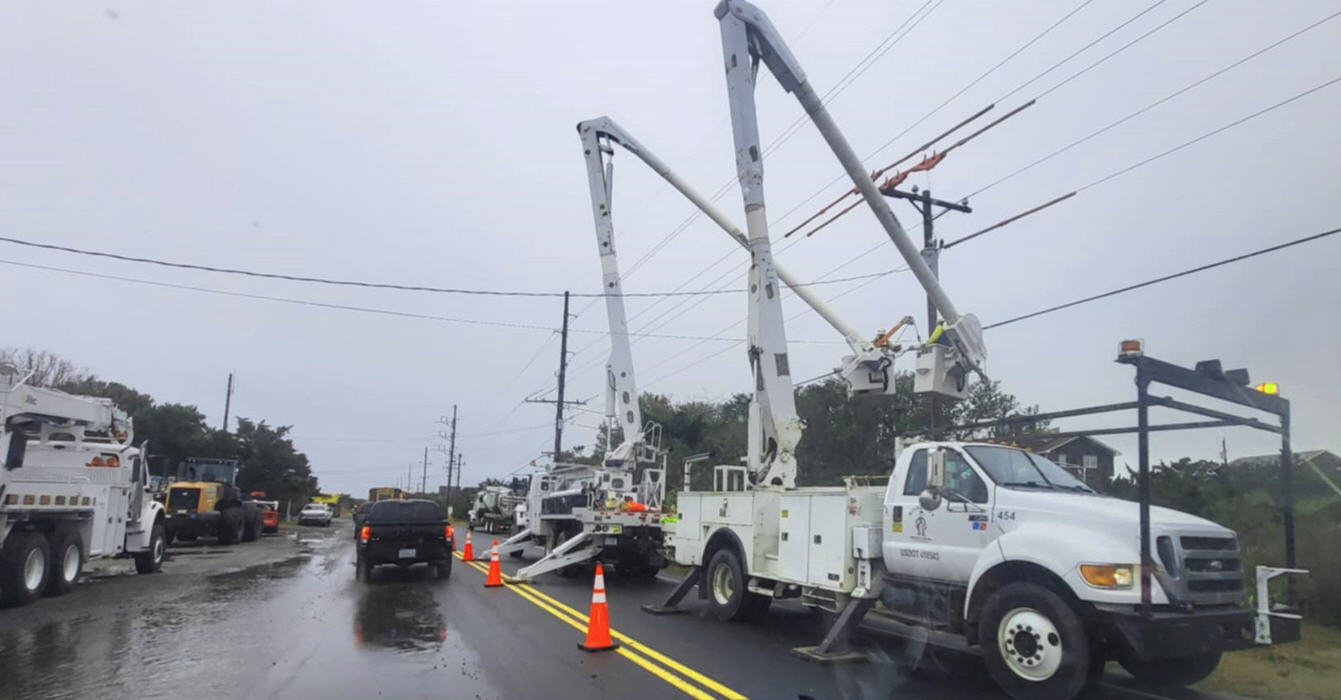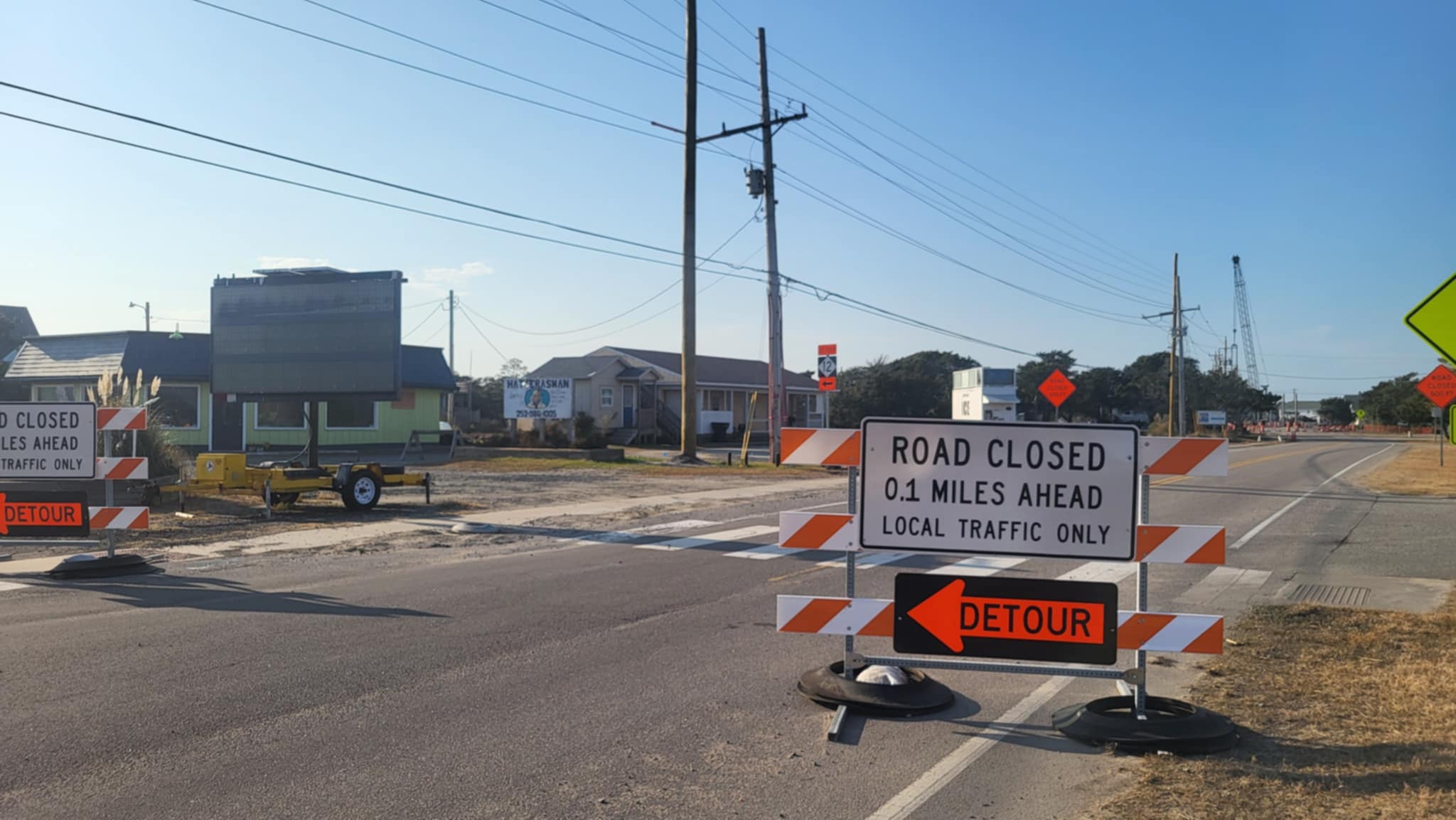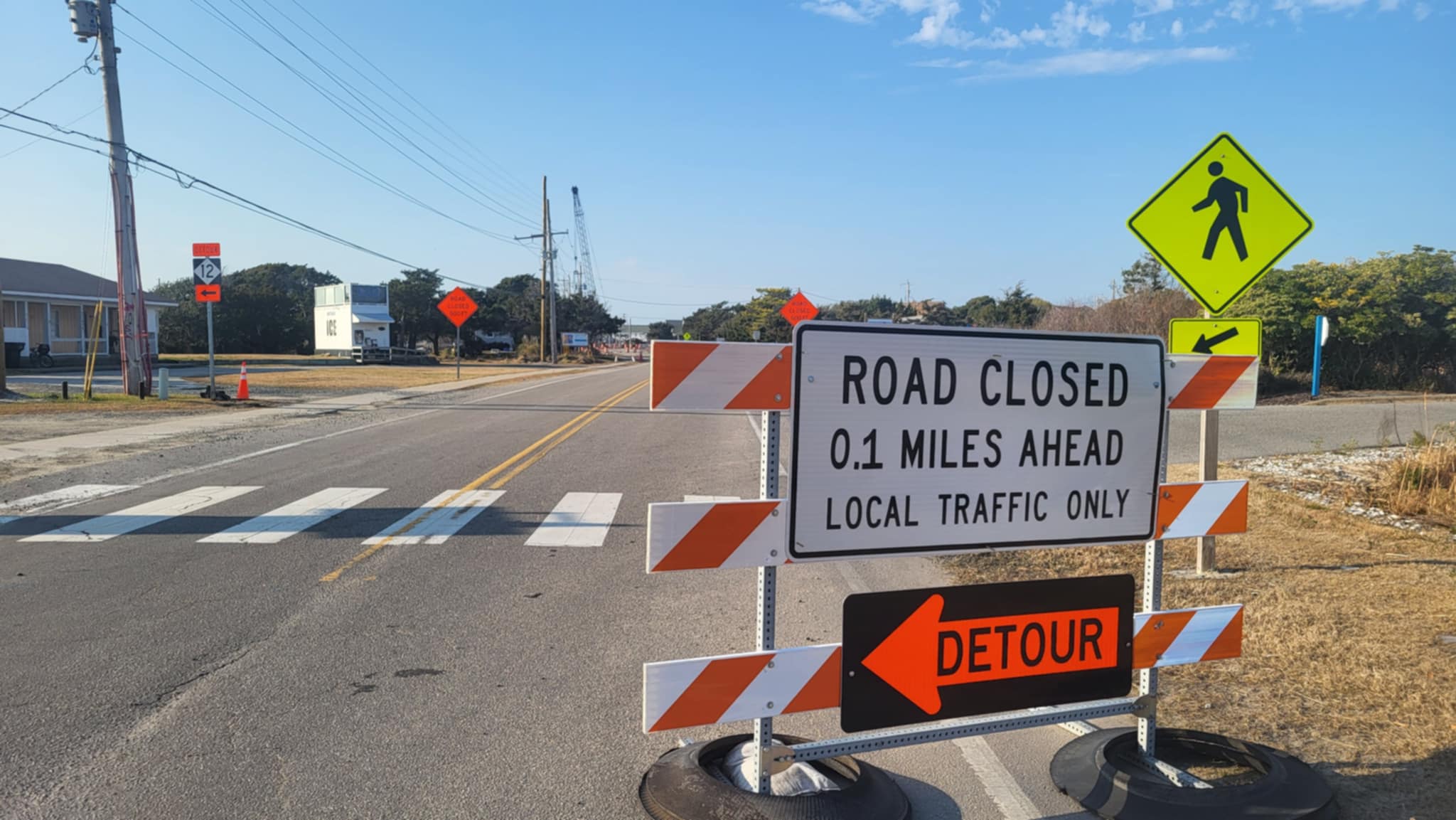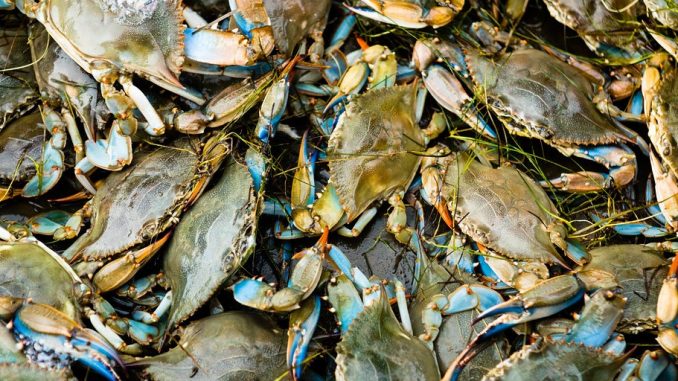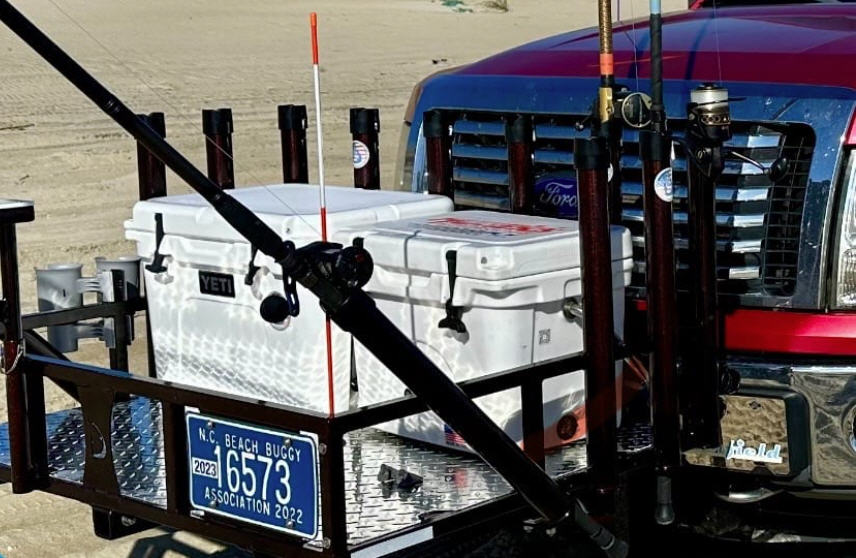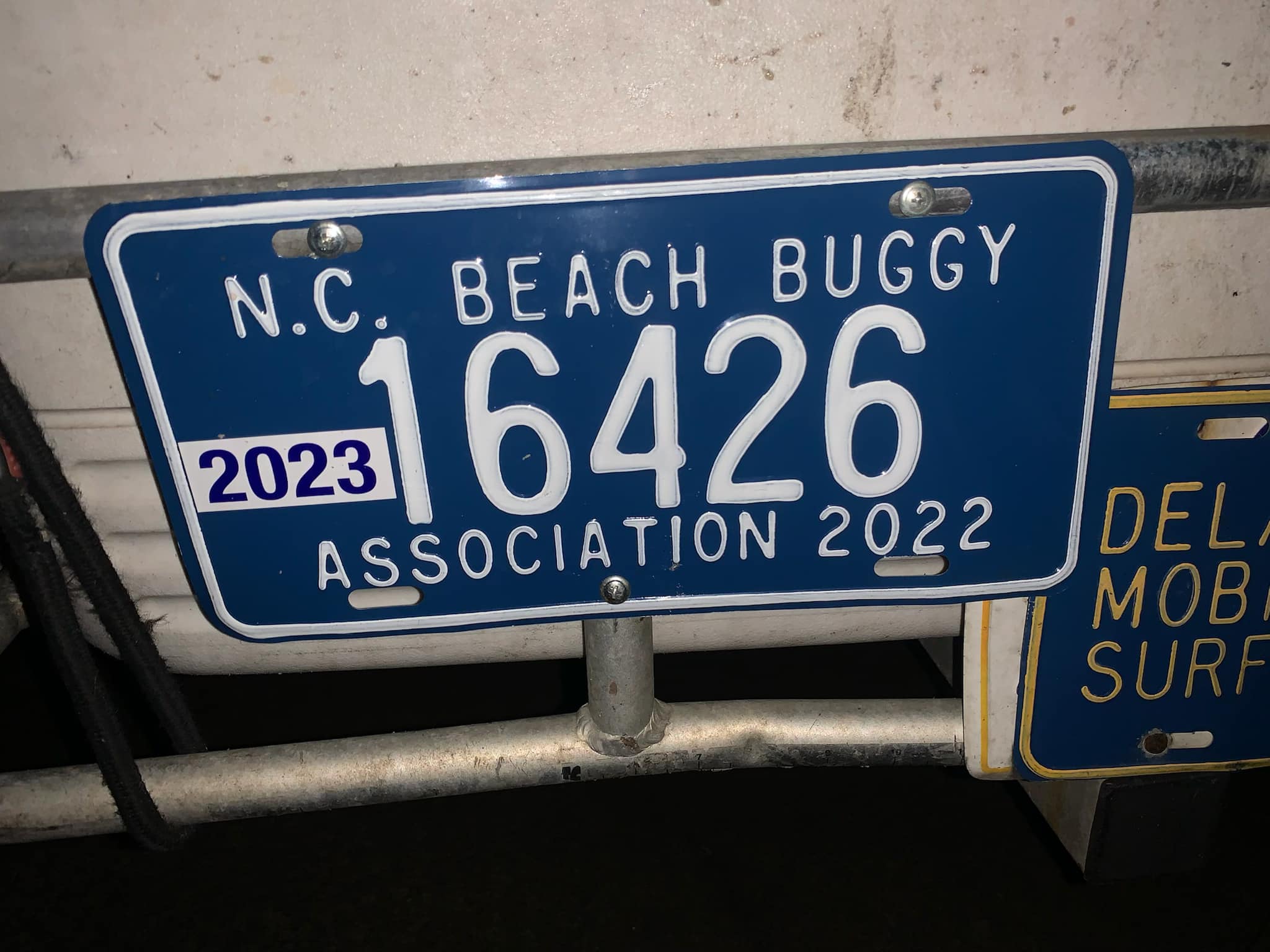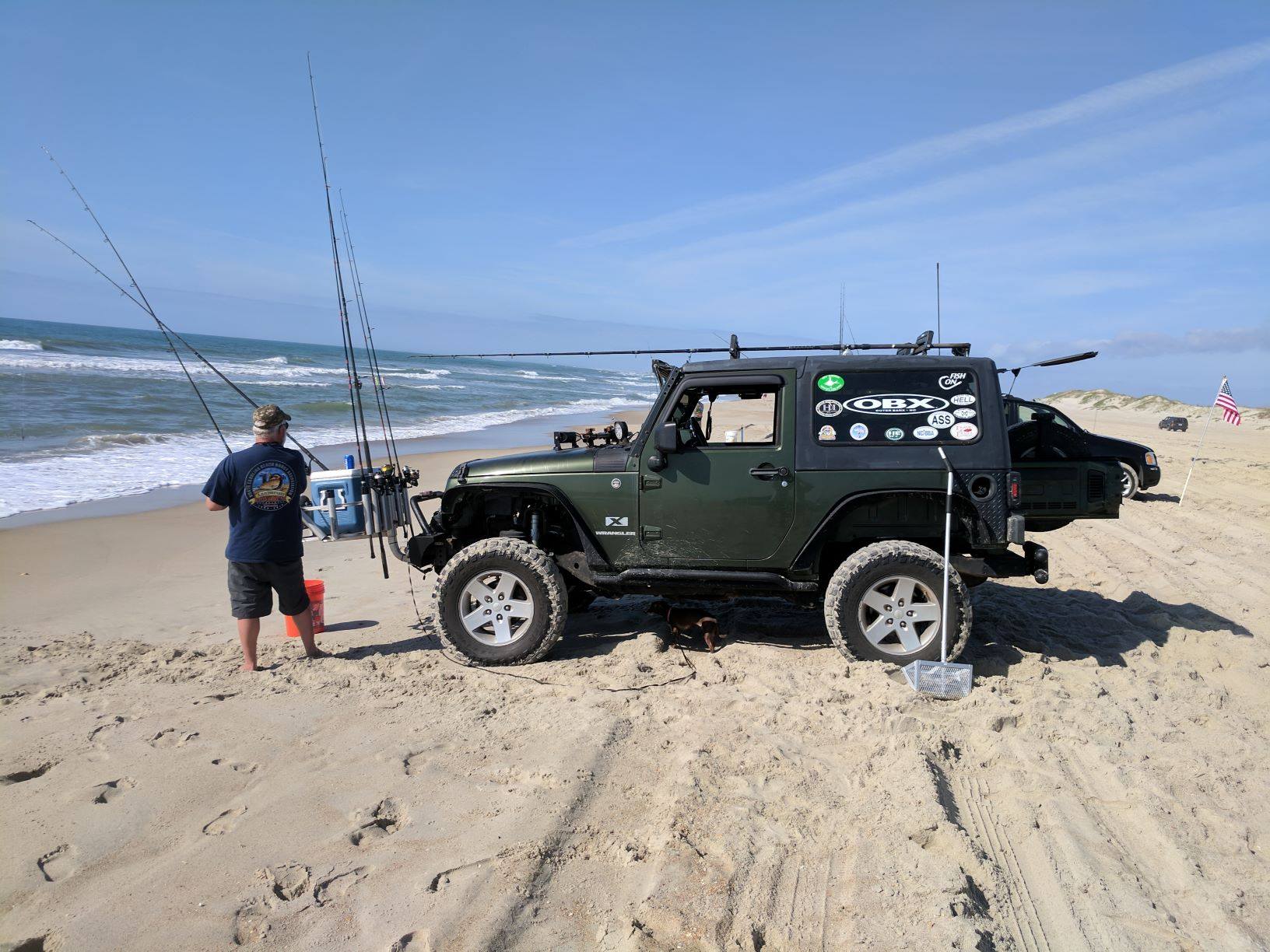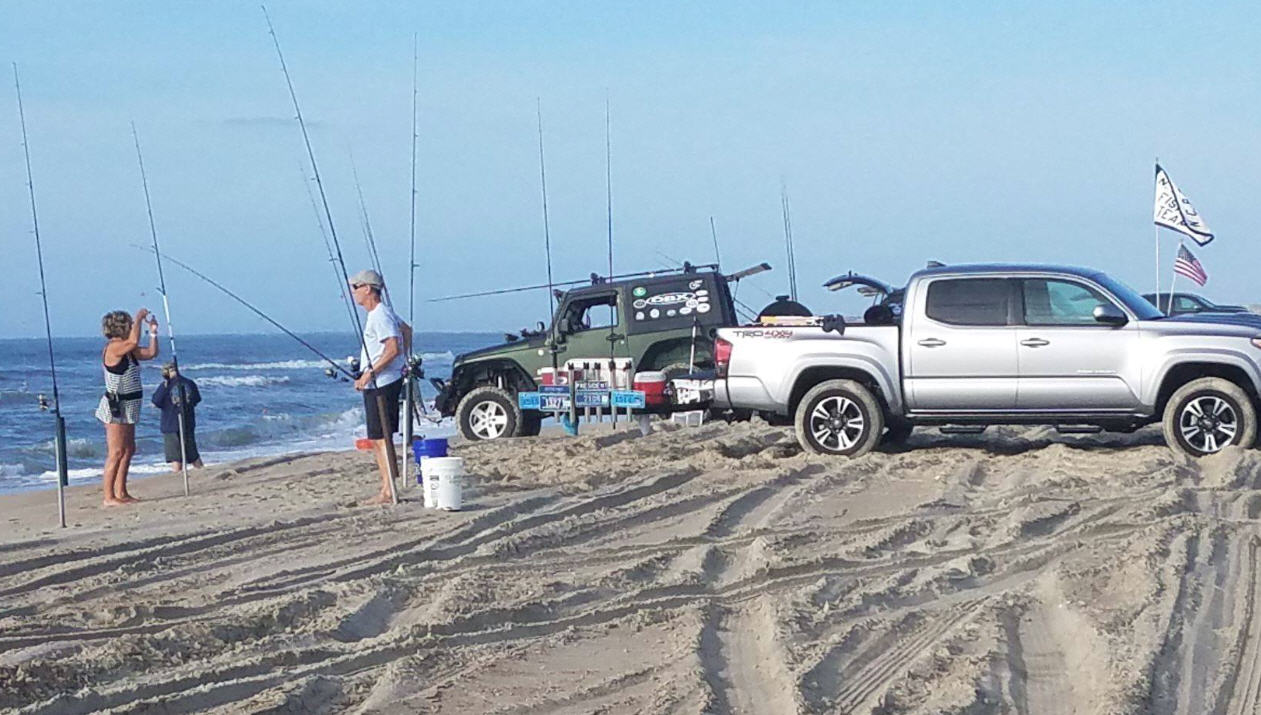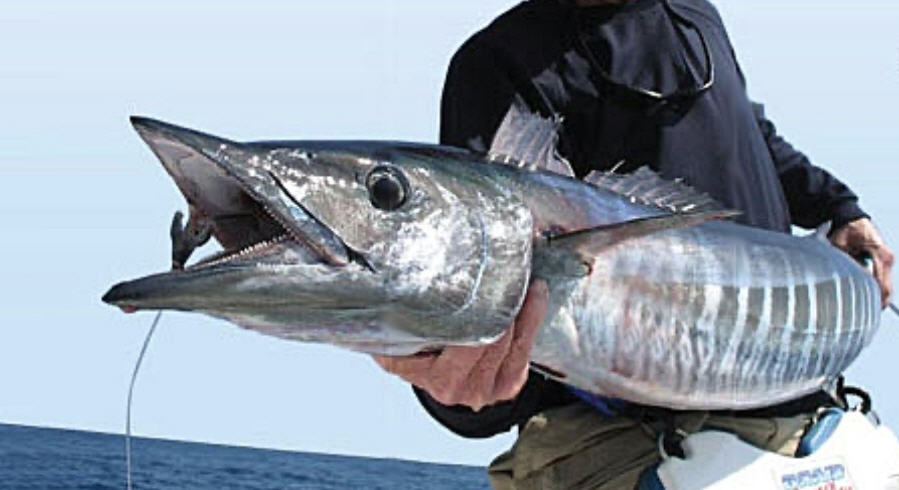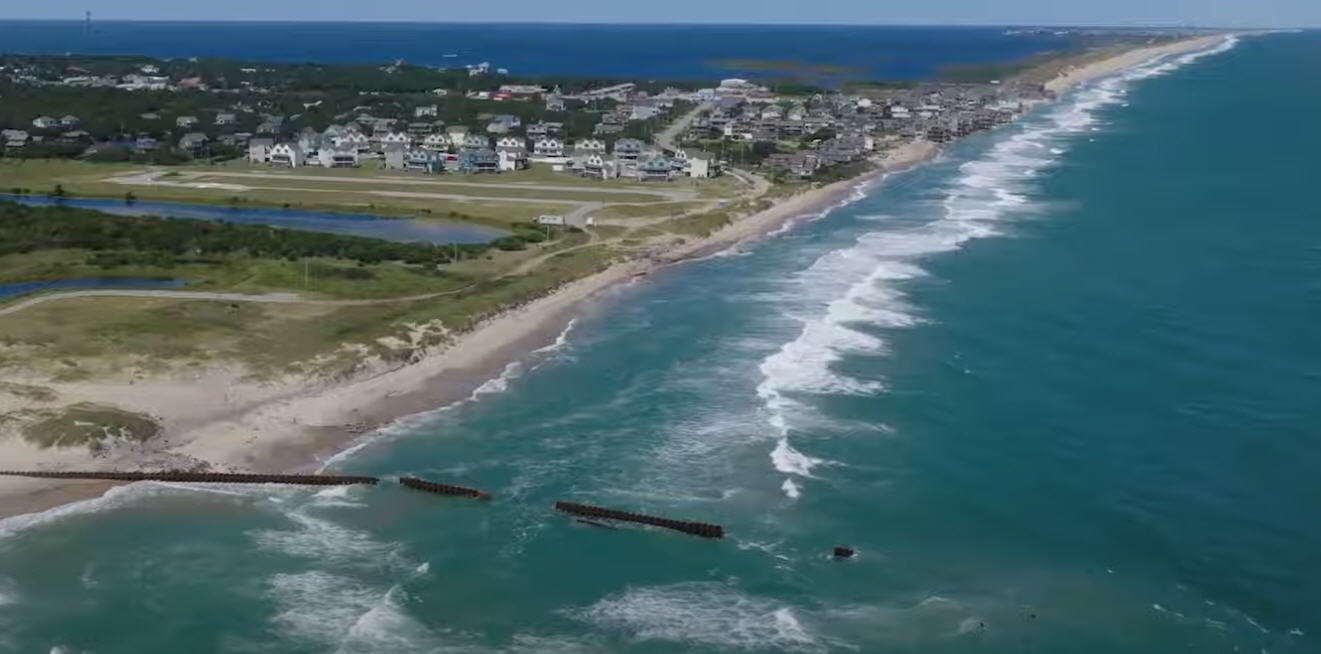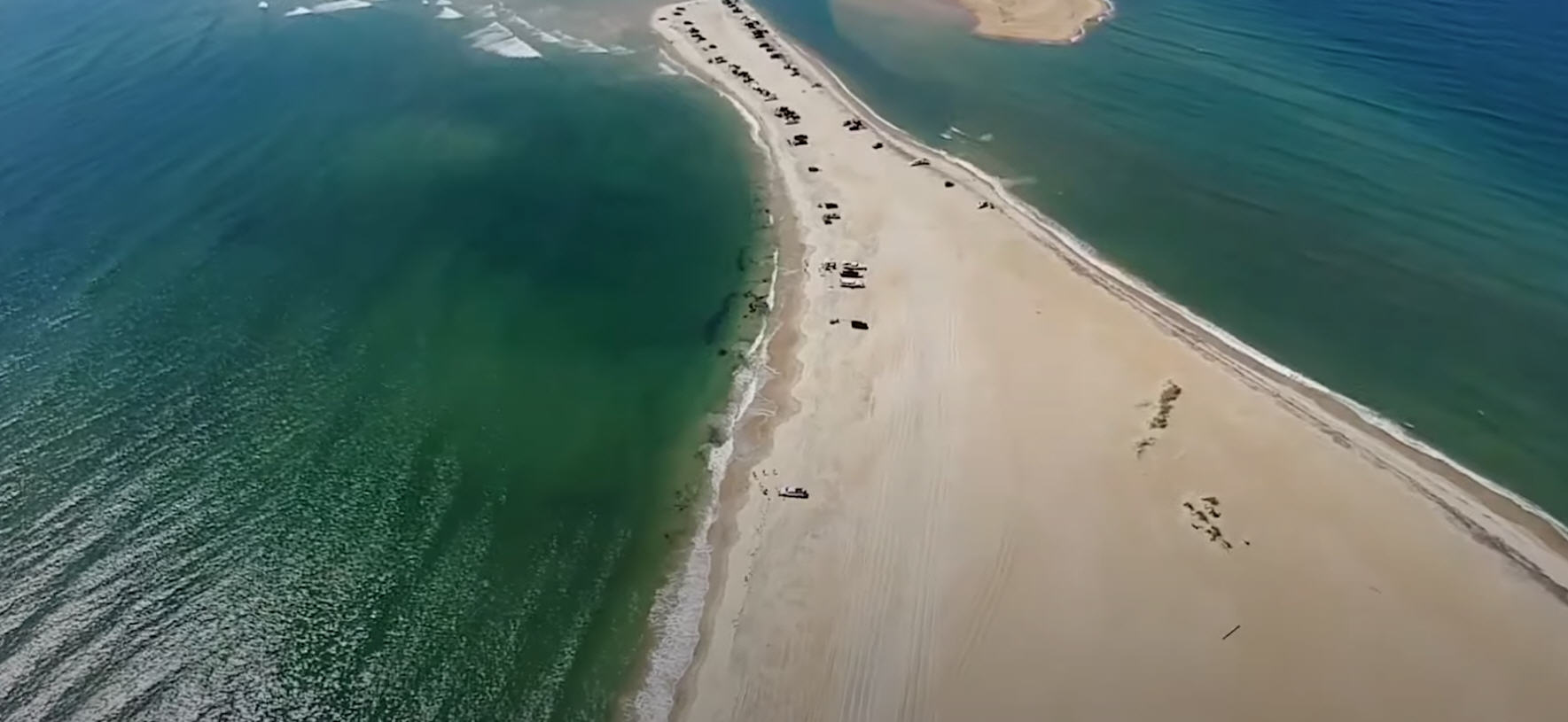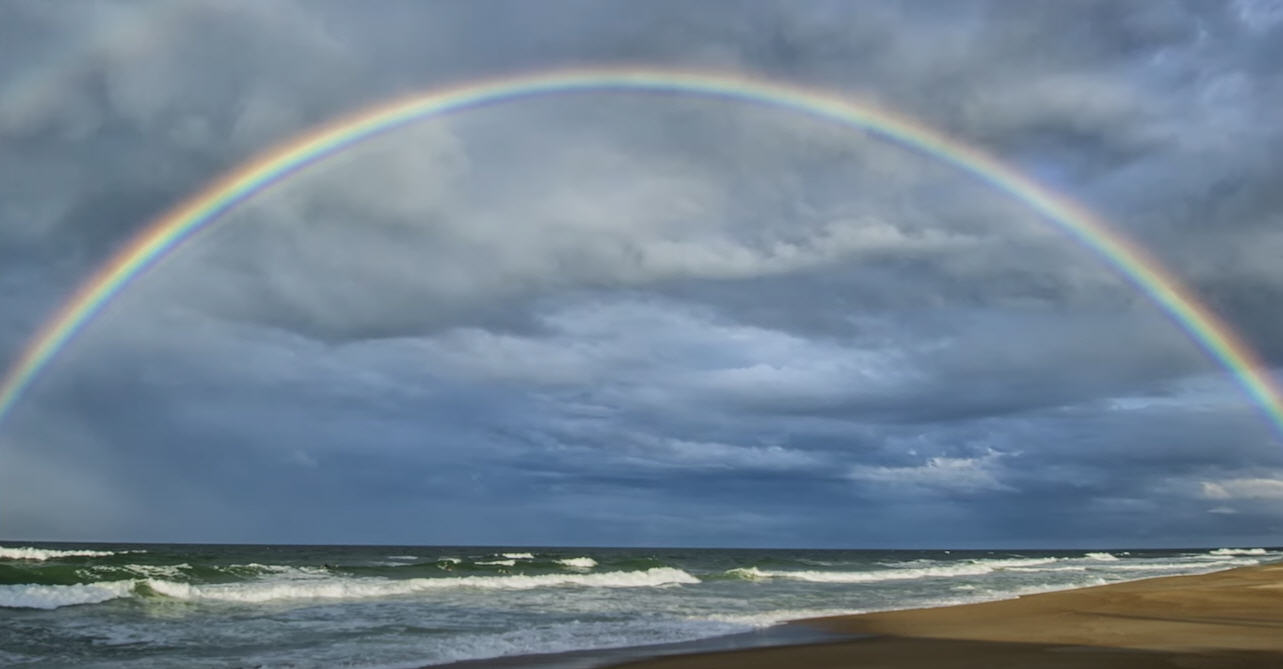Brown algae is closing in on N.C. waters from the south and the north
Fish kills, decreases in shellfish, murky brown water, and loss of underwater grasses — these are things no one wants to see in their coastal community waters. But these are the effects of a brown algae that is becoming more and more common in the estuaries of the eastern United States. Brown algae blooms, also known as tides, have, in the last 30 years, become a huge problem in such states as New York, Virginia, Florida, and Texas.
The Labrador Current, a huge river of frigid water winding down through the ocean from the north, converges with the Gulf Stream, flowing with warm water from the south, just offshore of Hatteras and Ocracoke islands. Both streams pass through waters where brown algae flourishes–Aureococcus anophagefferens to the north and Aureoumbra lagunensis to the south.
Is it just a matter of time before North Carolina’s estuaries are infected?
On March 26, Dr. Nathan Hall gave a talk and slide show at the Ocracoke Community Center to explain what brown algae is and the dangers of having it show up in Pamlico Sound and other North Carolina waters. The program was the last of four scheduled by the National Park Service to share knowledge with the public.
Hall works out of the University of North Carolina at Chapel Hill Institute of Marine Sciences at its Coastal Environmental and Microbiological Processes Laboratory, trying to learn more about brown algae and how to prevent it from invading the state’s waters.
The first recorded brown algae bloom occurred in 1985 in the bays of New York state. Five years later, there was a bloom in Texas of a separate but similar species of brown algae. Since then they have had repeated blooms and the two species have spread south, east, and north, traveling most likely in the currents of the Labrador and Gulf Streams.
Algae, explained Dr. Hall, are a kind of phytoplankton — tiny unicellular plants that drift in the water. Like other plants, they require light and mineral nutrients, and they conduct the process known as photosynthesis by which they convert carbon dioxide into oxygen. Phytoplankton,including most algae, are an important part of the food web. There are several hundred species in Pamlico Sound, the estuary that lies west of Ocracoke and Hatteras Islands, and they produce 80 percent of the food there. Tiny floating animals, known as zooplankton, feed upon them, and they are eaten by fish, shellfish, and other species that live there.
Brown algae are much smaller than most phytoplankton and they can often out-compete and replace them. They do not contribute to a healthy food chain. In fact, their presence can lead to massive die-offs. What marine biologists call grazers — zooplankton, clams, oysters, and other shellfish — stop growing and eventually die when they eat brown algae, or in the presence of it, cease to eat at all and starve. In New York’s Peconic Bay, commercial scallop harvests dropped to near zero when brown algae blooms showed up in the late 1980s, and they have not yet recovered. Hard clams, or quahogs, likewise disappeared in Great South Bay, New York, when brown tides began in the mid-1980s.
Clams, like oysters and other shellfish, are important natural water filterers that help keep estuary waters clean. Studies show that the time it took to filter Great South Bay dropped from three days in 1976 to three months in 2005, due to clam losses caused by brown algae blooms. Laboratory tests of oyster larvae showed that few of those feeding on brown algae survived, and even fewer developed into adult oysters.
Brown algae blooms drastically reduce light penetration, causing seagrass, an important marine habitat which requires a certain amount of light, to die off. As seagrass beds disappear so do the many forms of life that depend on them. Studies at the Indian River Lagoon in Florida indicate that seagrass beds covering nearly 75,000 acres in 2009 dropped to fewer than 30,000 acres in just two years, after the onset of a brown algae bloom.
Large amounts of algae lead to oxygen depletion in coastal waters, which in turn leads to fish die-offs. Algae do not conduct photosynthesis at night but instead use up oxygen. When they die, their decomposition also reduces oxygen, especially near the bottom of estuaries. Reported fish kills in Florida’s water jumped nearly 400 percent during a brown tide in 2012.
Water infused with brown algae turns brown and murky, and while brown algae poses no known health threat to humans, it does not entice one to swim or kayak in it.
What causes brown tide blooms and how do they out-compete other phytoplankton? Hall was quite clear in his answer.
“We don’t know, but we do know that we don’t want them,” which is why he and other scientists are busy trying to find answers.
They study the algae through such methods as pigment analysis, which tells how much and what kinds of phytoplankton are present; through microstudy and DNA analysis, which identifies species; and with satellite imagery, which shows how much is present over large areas. They go out in small boats to collect water samples, attach monitoring equipment to ferries, including the Hatteras Ferry, and use profiling buoys to check water at different depths.
They have learned that their small size gives brown algae an advantage, especially when light or nutrients are in low supply, because they have a larger surface area relative to their mass, which allows them greater absorption. They know that in a healthy pre-tide ecosystem there is a balanced mix of light, varied algae, nutrients, and grazers, whereas in a brown tide the brown algae dominates and reduces the other factors. They know that when brown algae form a small percentage of the total algae, grazers eat them as readily as other algae with no bad results, but when a brown tide is dominant, they stop eating or die.
Brown algae seem to have a higher tolerance for salinity than most other species, so that if drought raises the salinity of a body of water, they are more likely to survive. Like other algae, the brown species thrive in nutrient-rich water, particularly in the nitrogen and phosphorus found in fertilizers and animal waste. Agricultural and run-off and sewage are two of the main causes of algae blooms and subsequent fish kills.
Scientists know that once a brown tide is in effect, it is self-propagating, eliminating other kinds of algae. They do not know for sure, however, what causes brown tide blooms to begin.
“It’s the old chicken and egg problem,” Hall said. “Which comes first?”
North Carolina’s Albemarle and Core sounds may have too much fresh water to encourage a major brown tide. But the Pamlico, which is the second largest estuary in the country and the most important nursery for Southeast fisheries, has salinity levels, temperatures, depths, and nutrient loads similar to estuaries that have had brown tides.
Why neither species of brown algae has shown up here is a mystery. It may be because its tributaries are able to effectively filter out nutrients or because it has strong, healthy grazers.
The main preventives which could discourage brown tides are nutrient management, which means keeping nitrogen and phosphates from entering the tributaries, and prudent management of seagrass and shellfish resources. In other words, promoting a healthy, balanced ecosystem in Pamlico Sound is the best way to prevent brown tide blooms.








